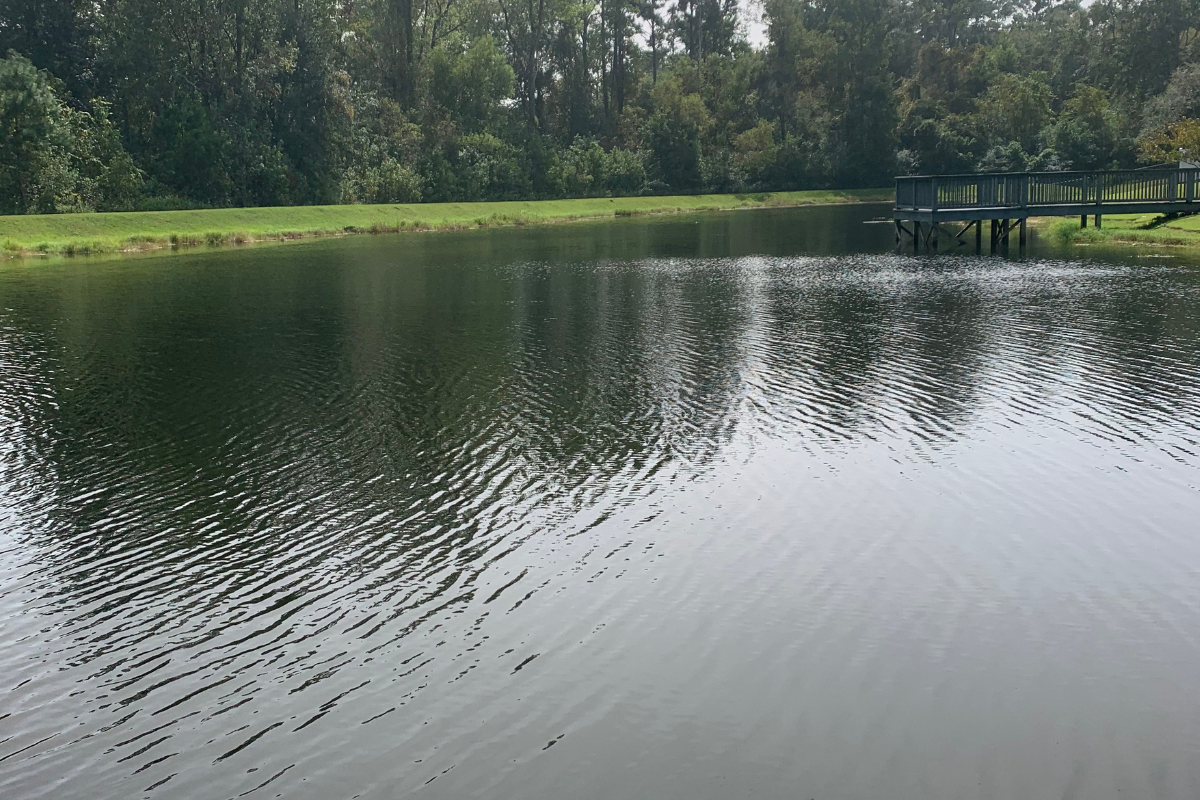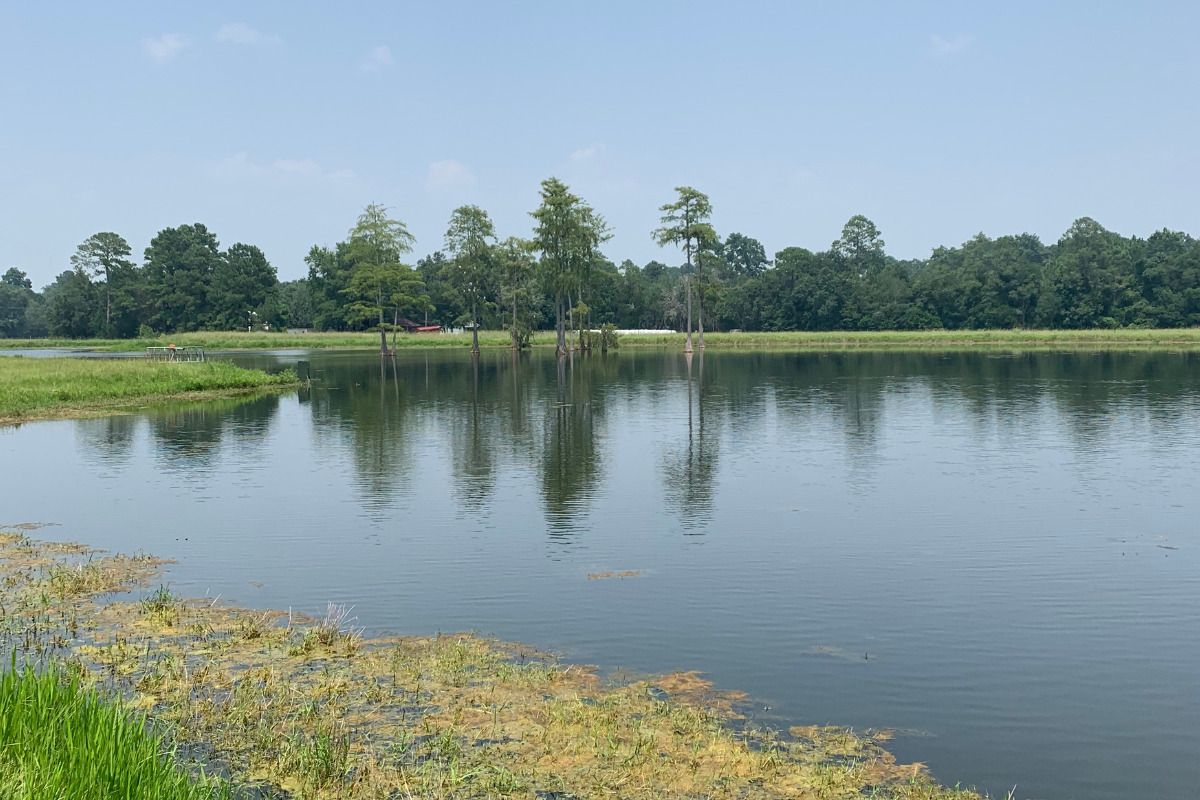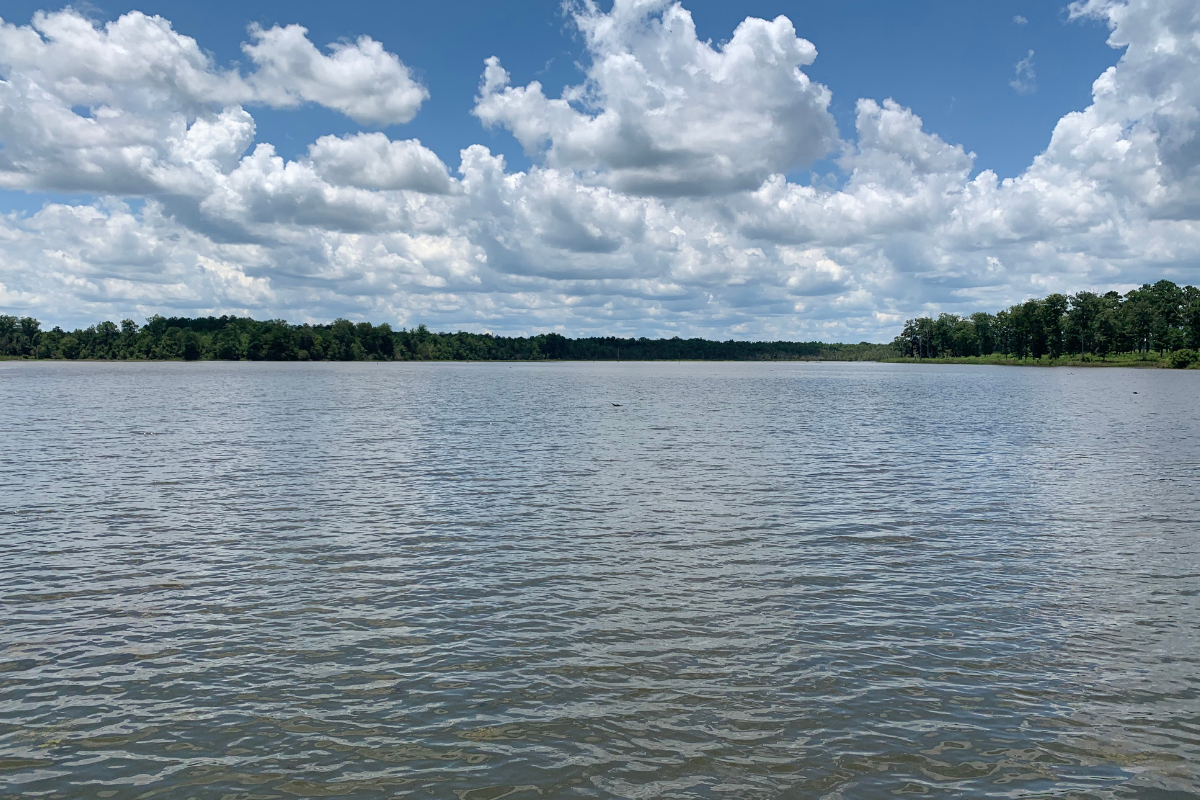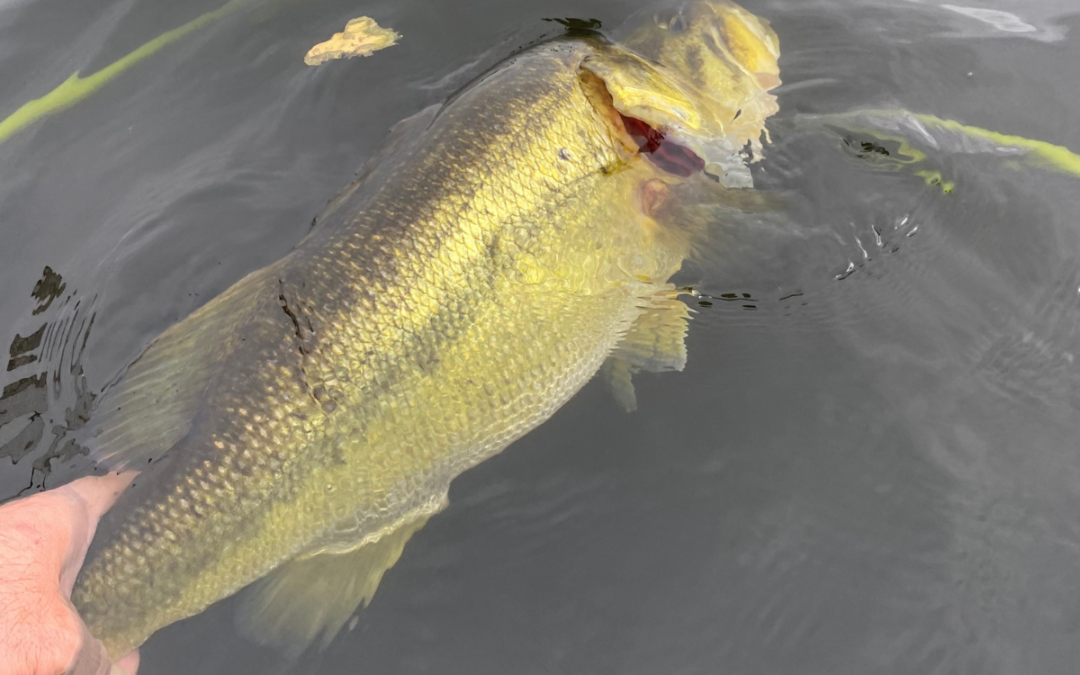For private lake and pond owners, the dream of growing trophy bass can be both a thrilling ambition and a daunting challenge. While fisheries biologists can often develop effective pond management plans tailored to individual goals, the size of the pond or lake plays a significant role in determining what can realistically be achieved. Managing expectations based on the water body’s size and profile is crucial for setting achievable goals and avoiding disappointment.
Distinguishing Small Ponds, Medium Ponds, and Lakes
Before diving into the specifics of growing trophy bass, it’s essential to understand the differences between ponds and lakes, as these distinctions heavily influence management practices and outcomes. While these definitions are somewhat arbitrary because everyone has their own idea of what a small pond or lake might be, they do help us make some distinctions for realistic expectations in each.
Ponds are generally smaller, shallow bodies of water where sunlight can reach the bottom, promoting plant growth. For the purpose of setting management goals, ponds can be further categorized into:
- Small ponds: Less than one acre in size.
- Medium ponds: Between one and five acres.
Lakes, on the other hand, are larger than five acres and have deeper areas where sunlight doesn’t penetrate, limiting plant growth in certain sections. This difference in size and depth between ponds and lakes creates distinct challenges and opportunities for fish management, particularly when the goal is to cultivate large, trophy-sized bass.

The Limitations of Small Ponds (Less Than One Acre)
Small ponds, which are typically found in backyards or used as livestock tanks, present unique challenges for growing trophy bass. Small ponds are often shallow, making them more susceptible to water quality issues such as vegetation overgrowth, temperature fluctuations, and nutrient loading from runoff. These environmental stressors can negatively impact fish health, growth rates, and behavior, making it difficult to cultivate large bass.
Water Quality Issues: Shallow ponds are prone to rapid changes in water temperature and oxygen levels, which can stress fish and stunt their growth. Additionally, excess nutrients from runoff can lead to algae blooms, which further degrade water quality and create an environment that is less conducive to growing large bass.
Stocking Considerations: In these small ponds, it’s often more practical to focus on creating a diverse fishing experience rather than attempting to grow trophy bass. Species like channel catfish and bluegill, which are more tolerant of water quality issues and respond well to supplemental feeding, can thrive in these environments. While bass can be included in the mix, it’s unrealistic to expect them to grow beyond 3 to 5 pounds in such a small and challenging environment.
Pros and Cons: The main advantage of managing a small pond is that small changes can have a big impact, and the cost of management is relatively low. However, the size of the fish you can produce is inherently limited, and water quality issues are more likely to arise.

Medium Ponds (One to Five Acres): A Better Bet for Growing Bass
Medium-sized ponds offer more potential for growing larger bass due to their greater volume and more stable water quality. Compared to small ponds, medium ponds are less susceptible to rapid environmental changes, providing a more consistent and less stressful environment for fish.
Better Conditions for Growth: With larger water volumes, these ponds can support more diverse and abundant forage populations, which are critical for growing larger bass. The reduced stress from stable water quality also promotes better growth rates, making it possible to produce bass in the 5 to 7-pound range with the right management practices.
Stocking Strategies: To achieve this level of growth, it’s essential to maintain a proper ratio of forage to game fish. Stocking hybrid bass strains, along with a healthy population of bluegill and other forage species, can help support the desired weight goals. However, even in this size range, while you might achieve some impressive catches, true lunkers—bass weighing over 10 pounds—are still rare.
Pros and Cons: The main benefit of medium-sized ponds is the ability to raise decent-sized bass with relatively manageable effort. However, maintaining a pond of this size does require a fair amount of resources, especially in the initial stages. And while double-digit bass are possible, they remain uncommon.

Large Lakes (Over Five Acres): The Best Opportunity for Trophy Bass
If your goal is to grow trophy-class bass, lakes larger than five acres provide the best opportunity. With the proper management techniques, it’s possible to grow bass in the seven-plus pound range and even achieve the occasional double-digit fish.
Stocking for Success: In large lakes, stocking hybrid bass strains is recommended, as these fish have the genetic potential to grow significantly larger than other strains. However, reaching this potential requires a diverse and abundant forage base. Bluegill should be the primary forage species, but it’s also beneficial to include others like redear sunfish, golden shiners, shad, and even crawfish in the spring.
Habitat and Harvesting: Adequate habitat is crucial for supporting a large bass population. Ensuring that at least 15% of the lake is covered with vegetation or other structures helps provide ambush opportunities for bass and protects forage species from predation. Additionally, implementing annual harvests is necessary to maintain optimal growth rates and prevent overpopulation.
Pros and Cons: The greatest advantage of managing a large lake is the potential to grow true trophy bass, along with the ability to create a diverse and rewarding fishing experience. However, this requires a significant commitment of resources and a large enough property to support such a fishery
Let Up Help with Your Pond!
While the dream of growing trophy bass is achievable, it’s essential to manage expectations based on the size of your pond or lake. Small ponds present more significant challenges and limitations, while larger lakes offer the best opportunity for success. Regardless of size, proper management practices, a commitment of resources, and a realistic understanding of what your water body can support are key to achieving your fishing goals. With the right approach, even the smallest pond can provide a rewarding fishing experience, while larger lakes can yield the trophy bass that every angler dreams of catching.
If you’re in the south GA or north FL region and need help managing the fish populations in your pond, complete this form and we’ll contact you to schedule a time to meet.

